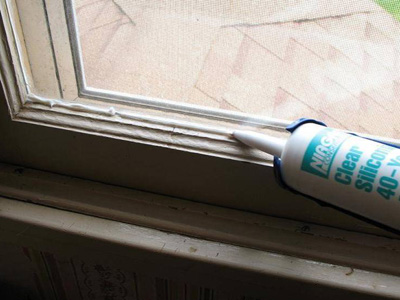Carbon Reduction Policy Must Factor In Low-Income Issues
Posted on January 3, 2019 by Janice Thompson
Tags, Energy, Telecommunications

CUB has long advocated for low income energy programs and was an active participant in a Low-Income Utility Program Work Group convened by the Governor’s Carbon Policy Office. The Work Group met from July through December of 2018 and consisted of representatives from private and public electric and gas utilities, as well as advocacy groups interested in low-income energy issues like CUB, Northwest Energy Coalition, Community Action Partnership of Oregon, OPAL Environmental Justice, and Spark Northwest. Legislative members of the work group included Senator Michael Dembrow and Representative Pam Marsh. Two state administrative agencies, the Department of Housing and Community Services and the Public Utility Commission, provided background information as well as organizational and writing support.
The Work Group’s report is an important first step toward ensuring that the Legislature addresses low income issues either within or as a companion to anticipated 2019 carbon reduction legislation. The report’s Landscape and Background section offers a succinct but comprehensive summary of energy assistance and low-income weatherization programs in Oregon and their funding sources. Additional details can be found in this statewide inventory of low-income energy programs developed by Housing and Community Services.
Below are particularly important findings regarding the significant gap between the need and current availability of energy assistance and weatherization resources:
- Sixteen and a half percent of Oregonians are living with household incomes below the poverty threshold.
- In 2015, there were approximately 637,000 Oregonians living below the poverty line.
- Oregon’s 2017 energy affordability gap amounts to $345,733,243. This is the amount above six percent of income which low-income Oregon households pay for energy services on an annual basis even after low-income assistance has been delivered.
- The energy burden varies throughout Oregon. (A map is provided on page 11 of the report.)
- The total available funding for energy assistance is approximately $61 million on an annual basis and $34 million is available annually for weatherization measures. These programs are first-come, first-serve and typically exhaust their funding every year.
- The Built Environment Energy Working Group projects that there is nearly $114 million in annual cost savings that can be acquired through cost-effective energy efficiency and weatherization measures in low-income households. However, only a fraction of this technically achievable energy efficiency is currently being captured.
The Working Group made the following four recommendations:
Recommendation 1: Give utilities the authority to create low-income programs and require annual reporting on data and metrics.
Recommendation 2: Ensure low-and moderate-income customers, especially seniors, people with disabilities, and environmental justice and rural communities, are resourced to participate in the clean energy transition, including allocating funding which may be available under a cap and invest program to mitigate the impacts of climate change on low income customers, reduce energy burden, and decrease carbon emissions.
Recommendation 3: Make permanent an Energy Burden and Poverty Task Force to formalize and continue to further the development of innovative approaches to meeting the energy burden and reducing the greenhouse gas footprint of low-income Oregonians.
Recommendation 4: Implement new programs and enhance existing program designs to reach greater numbers of low-and moderate-income Oregonians.
Required actions accompany each recommendation, ranging from clarifying authority for all utilities to allow a low-income rate, to increasing funding for existing programs, and developing incentives for renewable and resilience measures for low-income households. The final required action is to support statewide efforts to increase broadband access, especially in rural areas. Highlighting the need for broadband access may seem out of place in an energy report, but it reflects the stark reality that reducing the digital divide is a key factor in enabling low-income household participation in energy programs that save them money and reduce their greenhouse gas footprint. CUB will work on these required actions in 2019 and is already the major consumer advocate in Salem working on legislation to facilitate affordable broadband access throughout Oregon.
The report’s conclusion, with wholehearted agreement from CUB, emphasizes that continued work on this incredibly important element of Oregon’s decarbonization legislation must include proactive engagement of organizations and individuals who have direct experience with low income energy programs. The Energy Burden and Poverty Task Force should also engage communities of color, tribes, and rural Oregonians in order to ensure meaningful and diverse representation.
To keep up with CUB, like us on Facebook and follow us on Twitter!




01/03/19 | 0 Comments | Carbon Reduction Policy Must Factor In Low-Income Issues